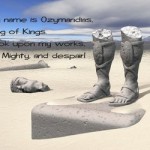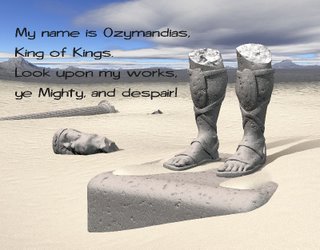
Shoulda been wearing the hi-viz and hard hat
In amongst the cut and thrust of a chaotic parliament that hangs by the vote of Victoria’s own “kingslayer”, former liberal Geoff Shaw, politicians of all persuasions look in need of a break. And there’s nothing like a hard-hat, a pair of scissors and some ribbon to cut that makes them feel safe. Everyone loves getting their high vis on and waving giant novelty cheques and pointing at blueprints.
Perhaps this is why the East West Link still has political support, despite only 24% of the Victorian public believing the East West Link is the State’s highest transport priority. The project certainly doesn’t have the support of economists or other specialists, and the government’s claims of an economic benefit ratio of 1.4:1 has run into some pretty heavy headwinds. Here’s a snap shot of some of the events that have fed scepticism about the projects’ justification:
- A leaked, internal VicRoads email states the government “appears to be using an inflated “value of time figure” to artificially inflate the benefits that can be expected from the project”.
- Transport consultant Chris Tehan raised serious questions about the government’s calculation of benefits (overvaluing “saved travel time and operating costs”) in an email obtained under freedom of information.
- Infrastructure Australia head Michael Deegan told a senate committee that the project lacked a robust business case, noting that the claim of a Benefit Cost Ratio of $1.40 for every dollar spent dropped to only 80 cents in every dollar if standard methods were used.
- An earlier study by Sir Rod Eddington, then head of Infrastructure Australia, predicted the costs would be double the benefits, with a return of only 50 cents in the dollar. (I am quoting the 0.5 BCR from this article but have been unable to find the primary source)
Questions remain not just about the benefits it will deliver, but increasingly about what motivated the project’s selection for funding. This raises questions are larger than any single project: misrepresentation and biases have the potential to distort economic decision-making across the whole economy. How these issues are managed has enormous implications for productivity, so it’s timely to consider research into some of the common pitfalls and the methods we developed to address them.
Good infrastructure projects pay their way through economic and social benefits that exceed resources invested in them. As Department of Treasury puts it, a is worth pursuing if “the value of discounted benefits exceeds the value of discounted costs”. But those projects with the greatest net benefits are not always the ones that get approved. This is partly because those benefits frequently have to compete with benefits of another kind entirely. Within the theatre of politics, infrastructure also serves to make politicians seem like men (or women) of action, to provide a stage for a government’s narrative and to be, more or less, a giant billboard for their achievement.
Big infrastructure projects have impacts that long out-live the fleeting governments that build them. That may be one reason why politicians love infrastructure, and while the going’s good it loves them back: a matter of political vanity. Like the “vast and trunkless legs of stone” imagined in Shelley’s Ozymandias, governments love building monuments to their own magnificence. The East West Link might not have a plaque with “My name is Napthine, Premier of Premiers: Look on my works, ye Mighty, and despair!” but little is likely to have changed in the human psychology of power.


Yes, all well said, question is why is this article not published in the age, discussed on ABC tv lateline? Any economist worth their salt ant not in the pay of ewl vested interests could tell you boosting Melbourne’s rail network, via doncaster n airport rail link would boost both construction n long term jobs n overall economic productivity far more so. Then there’s. All those carcinogenic vehicle emissions would also be saved, not to mention greenhouse emissions too. All up, it’s clear the ewl doesn’t stack up as sound transport or economic grounds, so why is it being fast tracked?